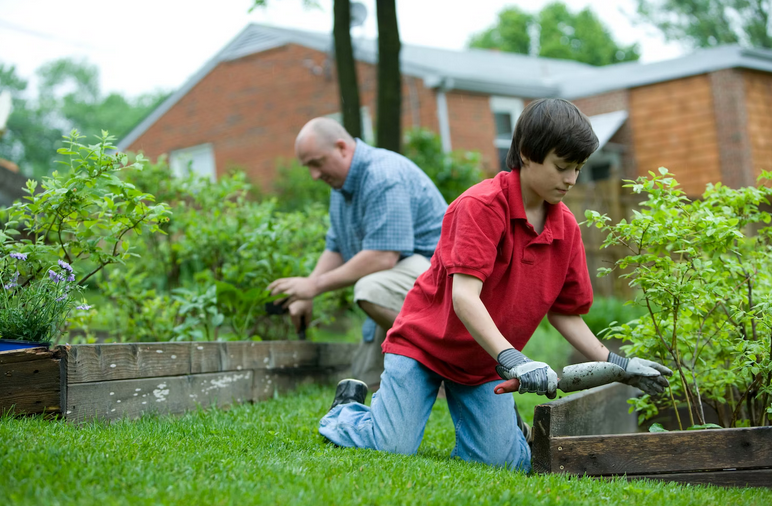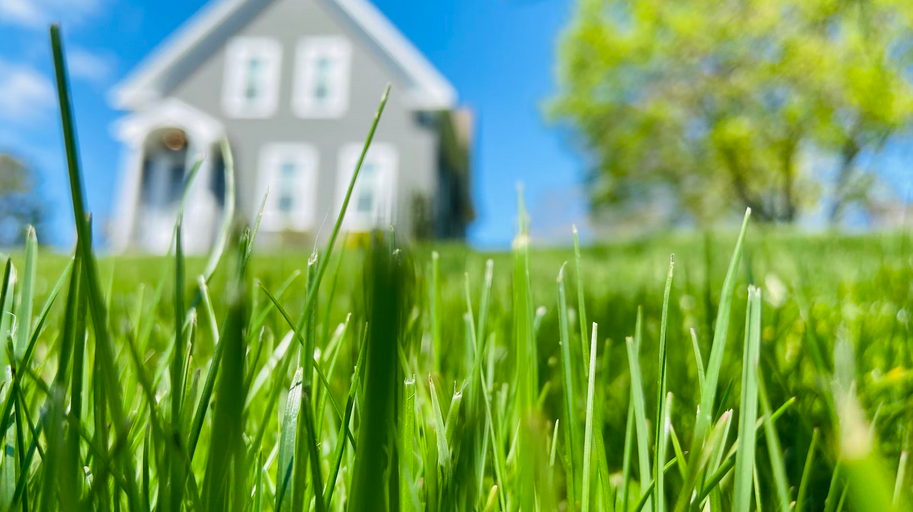Creating an eco-friendly landscape not only adds beauty to your outdoor space but also contributes to a healthier and more sustainable environment amidst all the chaos of the current energy crisis. Whether you have a sprawling backyard or a small urban garden, there are key components of eco-friendly landscape design that can make a significant impact.
Today, let’s talk about the essential elements of eco-friendly landscaping and how they can turn your outdoor space into a haven for both nature and yourself.
Wildlife Garden With Edible, Native Plants

Creating a wildlife garden with edible, native plants is like hitting two birds with one stone (figuratively speaking, of course). Not only are you providing a habitat for local wildlife to thrive, but you’re also growing your own food right in your backyard. It’s a win-win situation that combines sustainability and self-sufficiency. When choosing plants for your wildlife garden, opt for native species that are well-adapted to the local climate and soil conditions. These plants have evolved alongside the local fauna and provide essential food sources such as berries, nectar, and seeds. They basically attract pollinators like bees and butterflies while also inviting birds and other small animals into your garden.
Rainwater Harvesting
Rainwater harvesting is a key component of eco-friendly landscape design that not only helps conserve water but also reduces the strain on local water sources. By collecting rainwater, you can use it for various purposes, such as watering your plants, washing your car, or even flushing toilets. Here is how you make it real. First, install a rain barrel or cistern system. These containers are designed to collect and store rainfall from rooftops or other surfaces. You can also use permeable paving materials that allow rainwater to seep through them and recharge the groundwater instead of running off into storm drains.
Water Conservation Strategies

Once you’ve settled with sustainable water source management, think about how you can make the most of it, which is also beneficial for Mother Nature. That is by implementing effective water conservation strategies. Doing so can minimize water waste and ensure the sustainability of your outdoor space. One key strategy is the use of drip irrigation systems. Unlike traditional sprinkler systems that can lead to excessive evaporation and runoff, drip irrigation delivers water directly to the plant’s roots in a slow and controlled manner. This not only reduces water usage but also promotes healthier plant growth.
Reclaimed Building Materials
Using these materials not only helps reduce waste and conserve resources but also adds a unique charm to your outdoor space. Using reclaimed building materials can give new life to old objects. Salvaged wood, for example, can be repurposed into stunning garden furniture or raised planters. Not only does this prevent trees from being cut down, but it also adds character and history to your landscape. From vintage bricks for pathways and patios to salvaged windows for greenhouses or garden art installations – the possibilities are endless when utilizing reclaimed building materials in your eco-friendly landscape design.
Creating an eco-friendly landscape design is not only beneficial for the environment, but it also adds beauty and value to your property. By incorporating key components such as a wildlife garden with edible, native plants, rainwater harvesting systems, water conservation strategies, and reclaimed building materials, you can create a sustainable and environmentally friendly outdoor space.…


